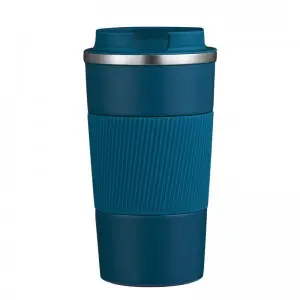I recently saw a piece of news about a child who didn’t know what the desiccant was when he was drinking from a water cup. The desiccant happened to be damaged, and when he was pouring warm water into it for drinking, he accidentally drank the desiccant into his stomach, and was later raped by his parents. I found out that I needed to seek medical attention urgently. Since the desiccant was mostly activated carbon, and the child accidentally swallowed a small amount, everything was fine in the end.
After seeing this news, I thought about last year’s online review of a water cup seller who sold water cups and consumers commented on the serious problem of paint peeling off the water cups. I couldn’t help but think of today’s title. So based on this title, combined with my understanding of the materials, I will give you some information. share.
At present, most of the paints used by water cup manufacturers are water-based environmentally friendly paints, but it is not ruled out that some manufacturers use oily non-environmentally friendly paints in pursuit of profits. The editor has explained in detail the disadvantages of oily non-environmentally friendly paints in previous articles. Friends who want to know more You can follow us and read previous articles to view.
The existing water cup spraying processes on the market are divided into external spraying and internal spraying. External spraying refers to the spraying on the outside of the pointer water cup, and internal spraying refers to the spraying on the inside of the water cup. Generally, manufacturers default to not spraying external paint onto the mouth of the water cup. On the one hand, it is to avoid direct contact between the paint and the mouth, and on the other hand, it is also to reduce the possibility of people eating it accidentally due to paint peeling off. Since most water cup factories do not have spraying equipment, water cup spraying requires outsourcing spraying factories for production and processing. Therefore, this method will be chosen when the properties of the paint cannot be 100% understood. The national authority detects various problems with the coatings sprayed on the outside of water cups every year, among which non-food grade and excessive heavy metals are the two most typical problems.
Of course, there are also many water cups that have their mouths sprayed with paint due to design and structure requirements. You can do a small test before using this type of cup. Use acidic substances such as white vinegar to take some and stick it on with a cotton swab. Wipe the sprayed cup mouth repeatedly for more than ten times. If the color fades, it is recommended that you do not use it. If it is water-based food-grade paint, due to the material and baking requirements, the degree of hardening itself is very high, and the color will not fade due to wiping.
Post time: Dec-25-2023
